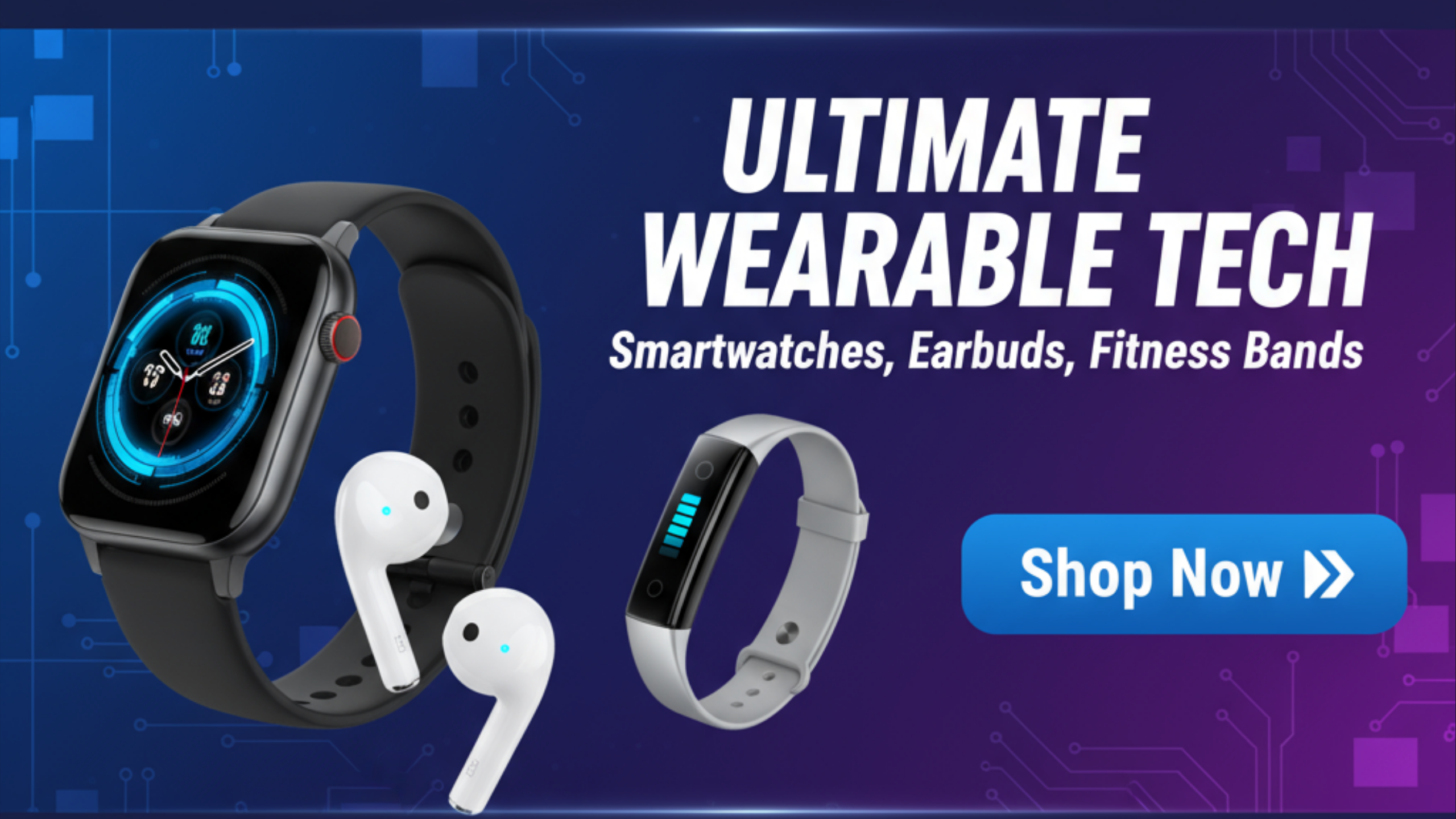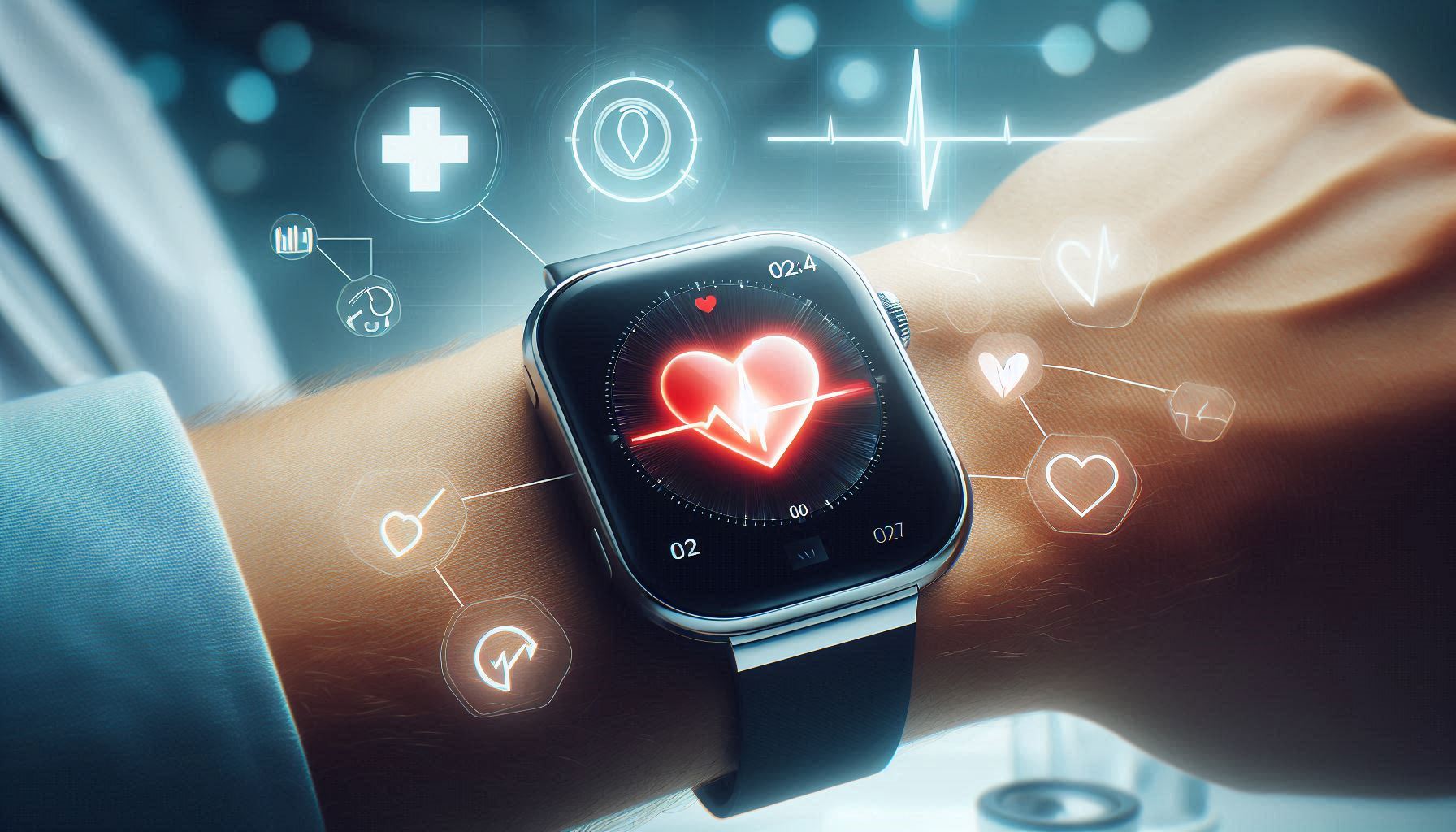All over the world, wearable technology profoundly impacts how one may maintain health and wellness. Tracking steps for the day and checking up on sleep patterns are just some of the functions for which a smartwatch or fitness band can be used. One of the most revolutionary breakthroughs in this domain is Wearable Heart Attack Detection. The devices enable real-time monitoring, early warning, prevention, and peace of mind for healing from heart conditions or fearing for their cardiovascular health.
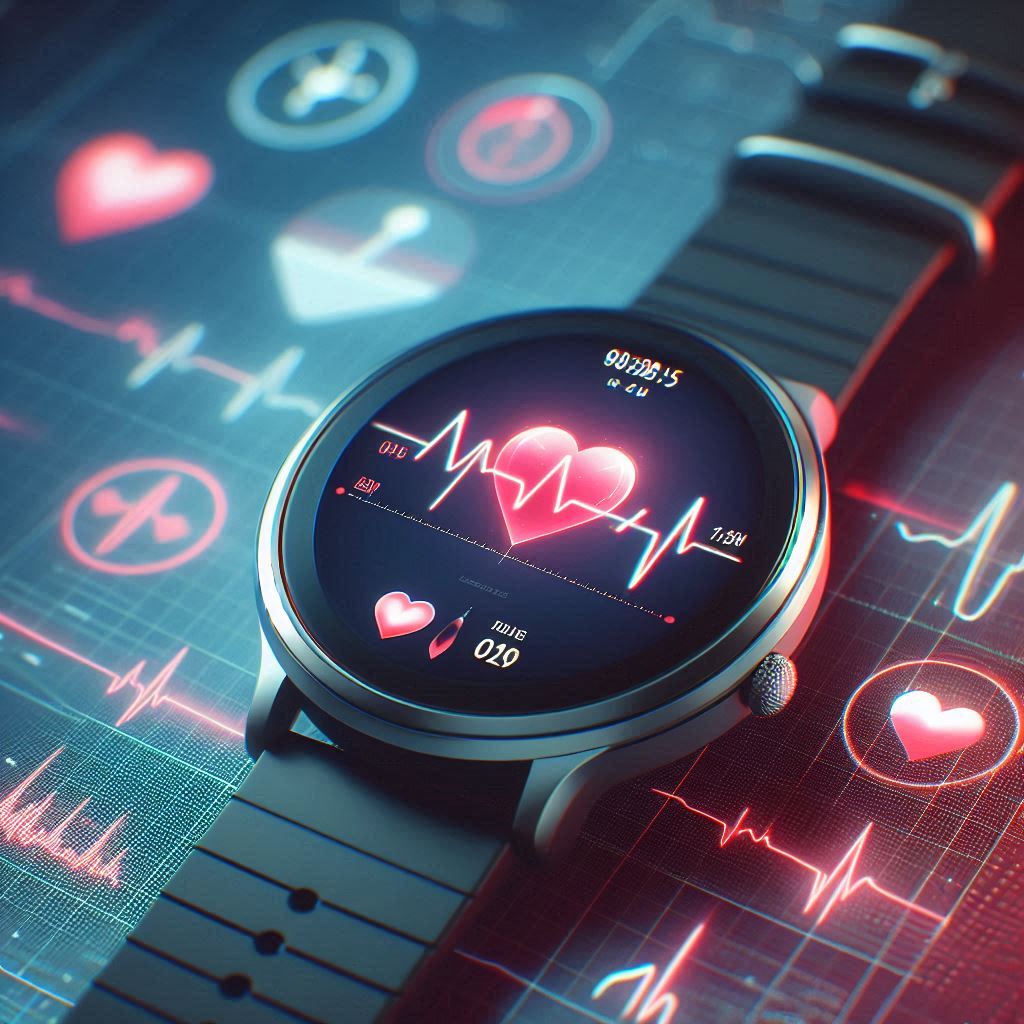
This blog looks at how smartwatches are being developed to keep people on top of their heart health, how they pick up signs and symptoms of potential heart problems, and what features to look for in a heart-related wearable.
Understanding Heart Attack Risks and the Need for Monitoring
Heart attacks are a dreadful phenomena that usually occur suddenly, while in most instances compelling warning symptoms precede. Most often, individuals complain of chest pain, shortness of breath, or palpitations. A person who has a history of heart disease in his or her family or he or she has other risk factors like high blood pressure, or lifestyle risks like smoking and obesity are more prone.
Irregularities if detected by continuous monitoring shall be treated as a warning. This is the main focus of Wearable Heart Attack Detection. These devices keep unending watch over vital signs like heart rate, ECG (electrocardiogram), oxygen saturation levels-spO2, which determine cardiovascular health with utmost sincerity.
What is Wearable Heart Attack Detection?
Some advanced sensors and algorithms are used in smartwatches and fitness trackers to determine beating-heart distress. The device in question monitors:
- ECG and heart rhythm: Includes AFib and other rhythm disorders.
- Resting and active heart rate: Sudden spikes or drops could be of danger.
- Blood oxygen levels (SpO2): Low oxygen levels too could thespian cardiac function.
- Stress and sleep: The heart haloes its health through stress and rest.
AI and continuous learning algorithms help these wearables to contrast the ongoing data with past trends to warn their users about any anomaly that might signal a beginning heart attack.
Is There a Wearable Device That Can Detect Heart Attacks?
At this time, wearable devices do not offer the definitive recognition of a myocardial infarction in real time. Yet, a few smartwatches and wearables are able to track irregularities that may lead to a potential heart attack, such as AFib, abnormal heart rate, and low levels of SpO2. These early indicators will give users an opportunity to grab an ambulance before the symptoms worsen. The most sought-after devices in heart health awareness are Apple Watch Series 9 and Fitbit Sense 2.
Key Benefits of Using Smartwatches for Heart Monitoring
The following are some definite sets of benefits for a wearer questioning the heart:
- Early detection: Irregular patterns are identified before symptoms may worsen
- 24/7 monitoring: Monitoring-at all times-all information on the heart rate and rhythm.
- Emergency alerts: Some watches notify the emergency contacts in case of abnormal activity.
- Doctor collaboration: Data on heart activity is shared with doctors and medical professionals for diagnosis and treatment.
- Lifestyle adjustments: Daily biofeedback reinforces lifestyle support for the heart.
Marking these for the older users and cardiac wards during recovery, maybe good for individuals living alone.
What is the Best Wearable Device to Monitor Your Heart?
The best wearable device depends on your specific health needs, preferences, and budget. However, the top peripherals for heart monitoring in 2025 include:
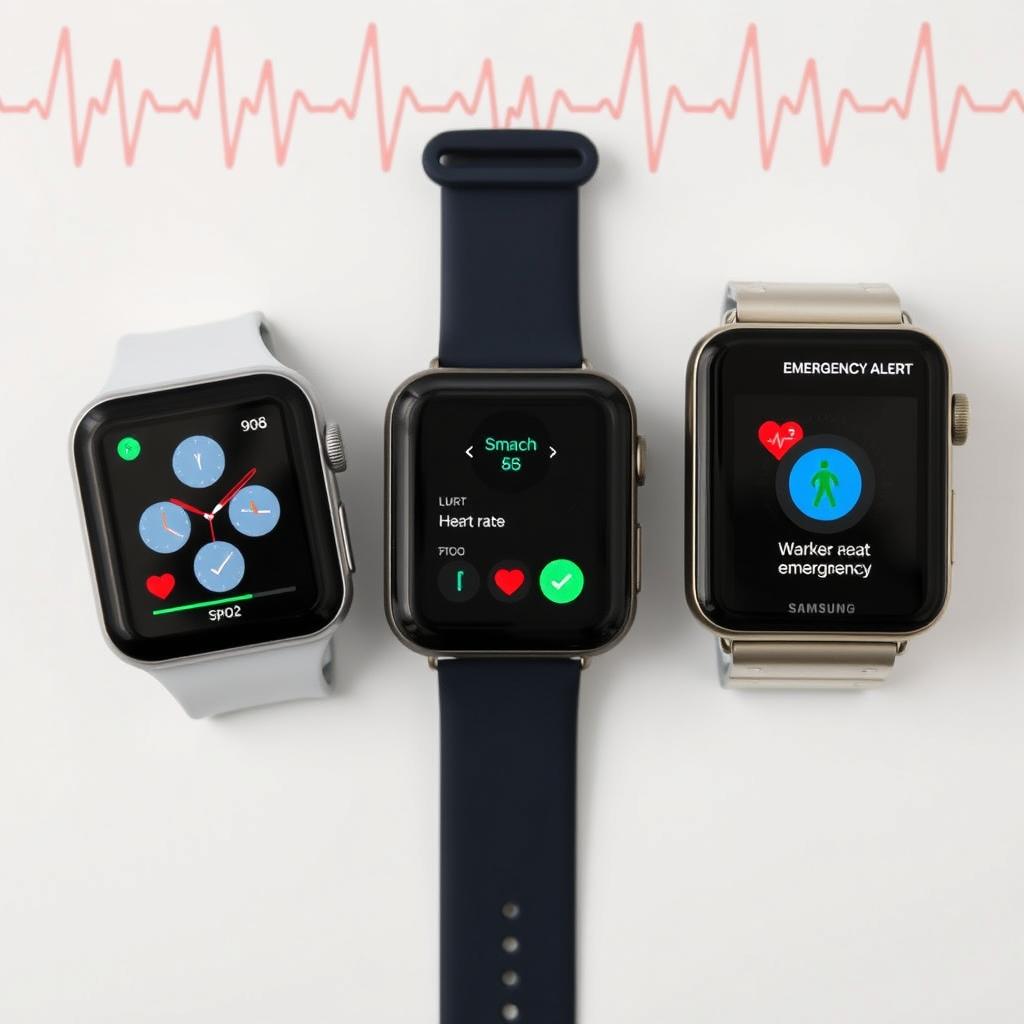
- Apple Watch Series 9: Mostly known for its FDA-cleared ECG, AFib notifications, and iOS integration.
- Samsung Galaxy Watch 6: For ECG and blood pressure measurements, predominantly a good pick for Android users.
- Fitbit Sense 2: Low-cost but great for heart tracking and stress monitoring.
- Withings ScanWatch: Medical-grade sensors in a classic timepiece design with good battery life.
Each of these offers accurate heart rate monitoring, irregular rhythm notifications, and relevant health insights.
Can an App Detect a Heart Attack?
An app alone cannot diagnose a heart attack, but some companion apps that pair with wearables can alert users to abnormal readings and ask them to seek professional medical advice. Users can monitor their heart health trends with apps such as Apple Health, Samsung Health Monitor, and Fitbit ECG tool. The apps can work as an early warning system, but they shall never replace the evaluation of a professional.
Top Features to Look For in a Heart Monitoring Smartwatch
When shopping for the best smartwatches for heart diseases, some features should be kept in mind:
- ECG Monitoring: These are first-line features for serious heart monitoring, with FDA approval for inclusion in the criteria.
- Heart Rate Alerts: The device should alert you when your heart rate exceeds or drops below a normal threshold.
- Blood Oxygen Sensors: SpO2 tracking is notable for respiratory and cardiac awareness.
- Fall Detection & Emergency SOS Trigger: These could be handy when cardiac arrest strikes.
- Battery Life: It should last longer to keep on tracking!
Comfort & Design: Should be lightweight, waterproof, and comfortable for everyday wear.
How Smartwatches Help in Emergencies
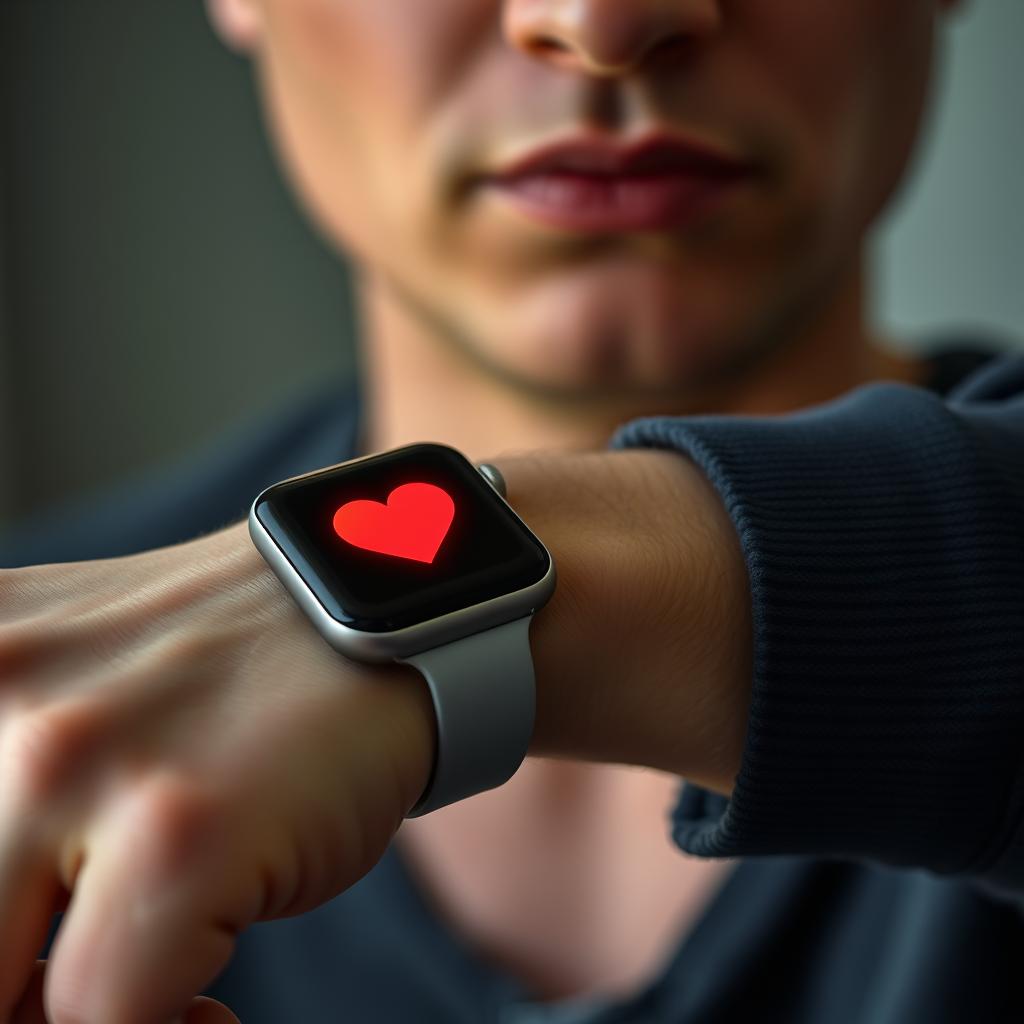
Besides tracking, many smartwatches have now emergency features, such as:
- Fall detection: It sorts out whether you have fallen and requests a reply.
- Emergency SOS: It will send your location and health data to your emergency contacts and/or emergency services.
- Irregular rhythm notification: It notifies users about possible atrial fibrillation (AFib), which if untreated may cause strokes or heart attacks.
These can be lifesaving for those living alone or high-risk individuals.
Limitations and Considerations
In fact, a watch with a heart attack-detection feature is quite advanced but, sadly, not truly fail-safe. Some considerations:
- Not a replacement for clinical diagnosis.
- Accuracy may vary based on skin tone, movement, or device placement.
- Regular updates and calibration are needed.
Always consult a healthcare provider before relying solely on a wearable for medical decisions.
Who Should Consider These Devices?
- POST-HEART ATTACK PATIENTS
- Elderly folks
- Persons with hypertension or diabetes
- Having a family history of heart diseases
- Anybody looking to check cardiovascular health on his own
The best smartwatch for someone with heart problems or a best smart watch for heart issues would go a long way in giving peace of mind, especially for long-term sufferers.
The Future of Heart Monitoring Wearables
As the year goes by and AI continues to evolve, so will wearable technology and its applications. The next developments may include:
- Heart-attack risk-predictive analytics
- Continuous ECG monitoring
- Integration with Telemedicine platforms
- More accurate blood pressure measurement
Smartwatches are no longer just fitness tools-“they” are now an integral part of proactive heart care.
Conclusion
Wearable Heart Attack Detection technology is revolutionizing heart health approach. With features such as ECG monitoring, emergency alerts, and real-time data tracking, smartwatches serve as great companions to the elderly or those at risk.
Although a they cannot replace a doctor, opting for best smartwatch for heart problems can help keep you informed, allow you to act in prevention, and potentially save a life. To put more simply, any person with heart conditions must invest in wearables for heart health as a major step toward a safer, healthier future.

